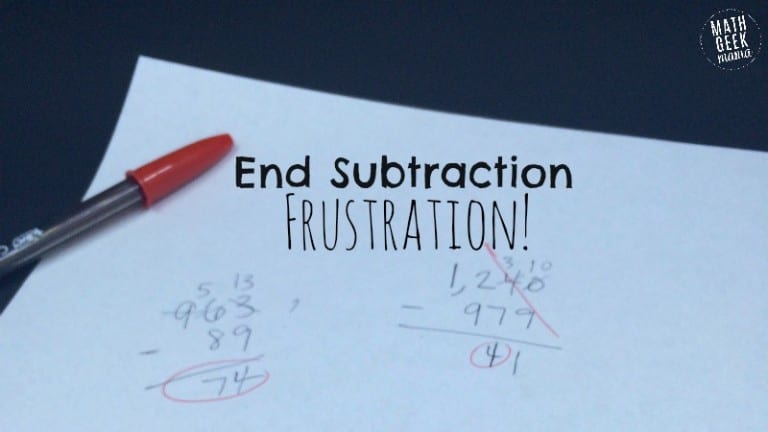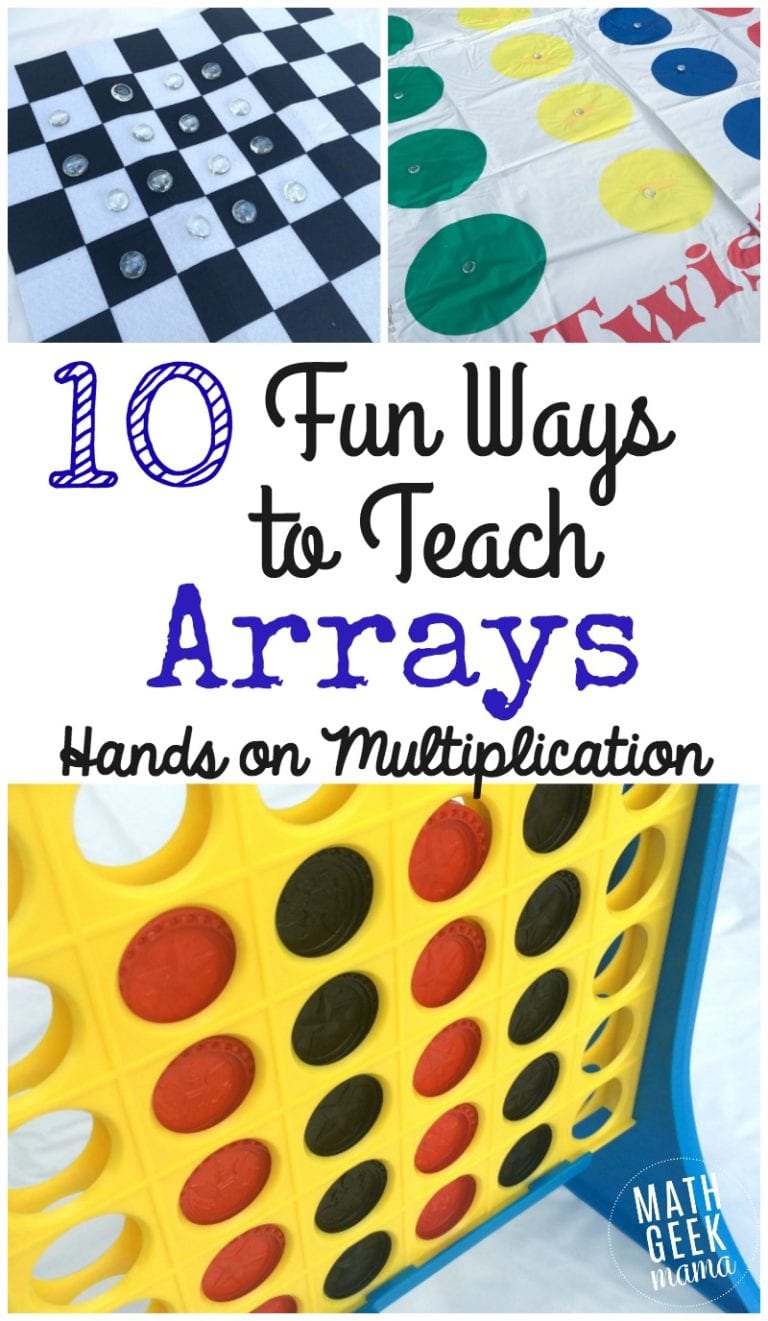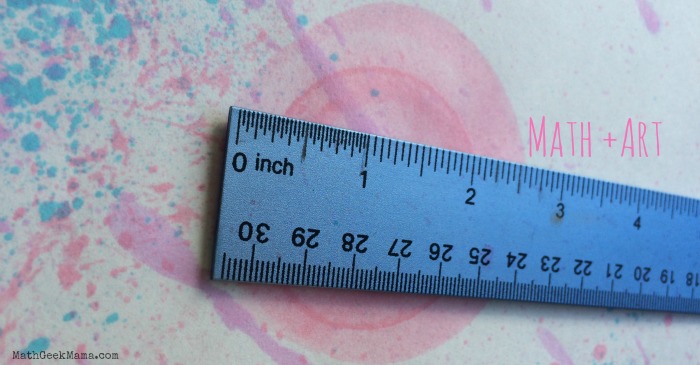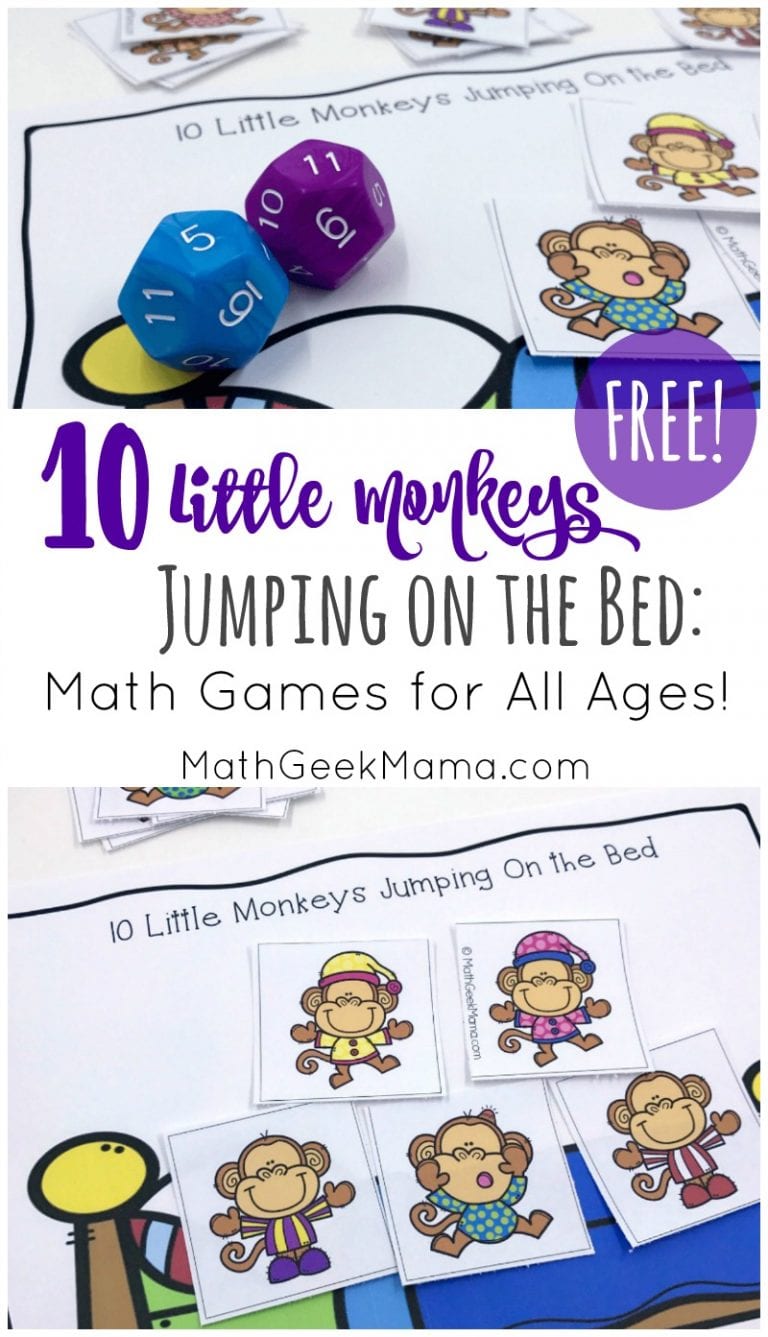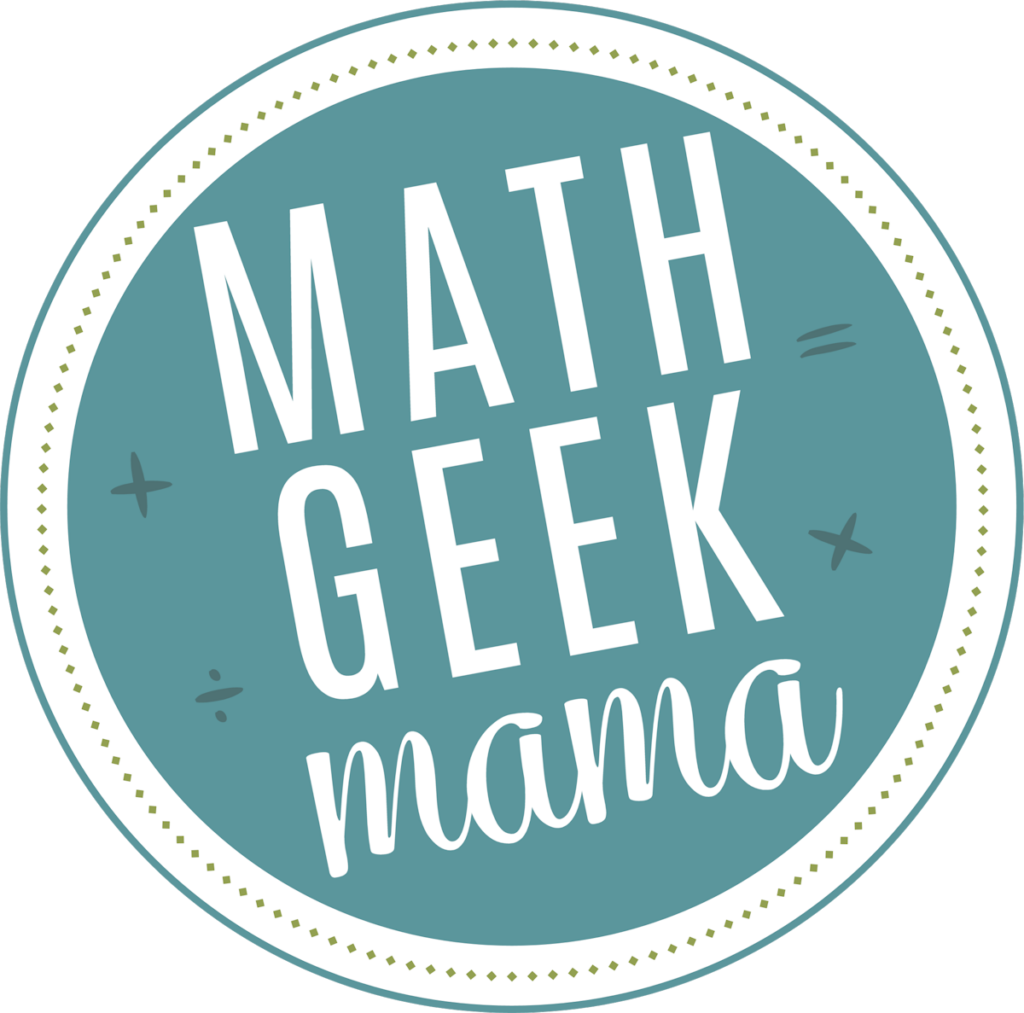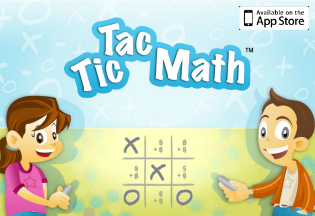7 Simple Ways to Engage Reluctant Math Students
When it comes to math, motivating students to remain receptive and enthusiastically involved is a challenge for every teacher across the globe. Here are 7 strategies that teachers can use to engage reluctant math students and help them to love math.

7 Ideas to Engage Reluctant Math Students:
-
Make it Fun
This may seem obvious, but sometimes we get so busy trying to teach the material, we forget to keep it fun. There are several game ideas that can be incorporated into your teaching strategies like:
- Play BINGO when solving multiplication problems and putting the answers on the square cards
- Use word wall activities when teaching geometry
- Teach students to solve problems in their heads and explore mental math strategies
- Use printable calendars, playing cards and dice or dominoes to make math practice sessions fun and interesting
A fun-filled classroom will surely help students enjoy the learning process and motivate them to do better.
See all the math game ideas on Math Geek Mama here.
-
Set an Attainable Challenge
When students are challenged at the intellectual level, they react with excitement. It is a powerful trigger that can be effectively used to cultivate interest in math.
While it might seem counter-intuitive, merely handing students a set of problems that is “easy” and requires little thought or struggle from them is not going to motivate reluctant students. On the contrary, they will often be left feeling like you lack confidence in their abilities, leading them to lack confidence in themselves.
Instead, challenge them with real, difficult (for them) mathematics. And show them that you believe they are capable of rising to the challenge.
However, you must select the problem with great care and careful thought. Make sure your challenge is within their mental abilities and motivating at the same time.
The term for this is “productive struggle.” This means the challenge is difficult enough for kids to be interested in and challenged by it, but reasonable enough that it is attainable for them.
-
Entice Students by Demonstrating Practical Application of Math in Everyday Life
Practical application can induce genuine interest in students. If you can connect math with money, grocery shopping, baking, time, and traveling, for example, you can easily eliminate complexities and give students a solid grasp of the basics.
Use grocery shopping games to encourage students to calculate product pricing per unit or make math fun by taking math problems out of the textbook and into the kitchen by making them understand ratios and proportions in the context of baking.
These are just a few of the many ways you can make math easy to digest and interesting to learn.
-
Explore Exercises that Involve a Pattern
Design math problems that lead your students to discovering a pattern in every problem. Solving problems by finding a pattern can be quite fun and motivating for students. A few examples are:
*Find a pattern in this sequence – 6, 9, 12, __, 18, 21.
*Continue adding a new layer till you reach 100:
| 2 | 2 |
| 4 | 2+4=6 |
| 6 | 6+6=12 |
| 8 | 12+8=20 |
| 10 | 20+10=30 |
*Explore the patterns in Pascal’s Triangle.
-
Build on the Skills Your Students Have Already Mastered
The most effective way to teach math is to structure the learning process around the skills that your students have mastered.
Planning your problem solving exercises around their acquired skills will make them feel more comfortable and confident. This will not only help you instill a sense of accomplishment in them, but also motivate them to do better and be more productive during your class.
-
Explore Curious Mathematics
Teachers can also create teams or groups and allow students to explore open ended tasks they are curious about. Make sure that they are familiar with the mathematical curiosity in order to justify it.
Some sets of numbers with curious properties include the Fibonacci series, perfect numbers, Pythagorean triples, figurate numbers, and perfect squares.
You could also give students interesting puzzle challenges to explore and discuss together, or logical thinking challenges such as these.
Exploring curious numbers, puzzles and patterns will not only provide greater interest for students, but it will deepen their knowledge of math and their appreciation for the beauty of math in the world around us.
-
Take Advantage of Technology to Improve the Mathematical Skills of Students
Children like technology and there are several interesting ways to incorporate technology into your teaching style. There are online math games that you can use to make math problems interesting and fun to solve. Or take the math out of textbooks and worksheets and make it exciting and innovative with apps.
Try out the Tic Tac Math apps, for instance.
Or explore math in fun and meaningful ways with graphing calculators.
Making changes to education is not an easy task, so if you are deviating from your traditional teaching style, you can learn a lot from online math tutorials.
They come in so many different forms and are far more capable and captivating as compared to lecture formats. Our society has turned digital and so should your teaching style. If you want to advance the potential of your students and take your career to the next level, online math tutorials can be an excellent resource guide in presenting this often-dreaded subject in an easy and fun way.
Making education simple and easy to comprehend is Dana Jandhyala’s forte. She’s had a long career as an educator where she has taught in several different schools and institutes in multiple countries. Today, she helps students with personalized online tutorials by SchoolPage that help make concepts easy to understand, making learning fast and fun.


